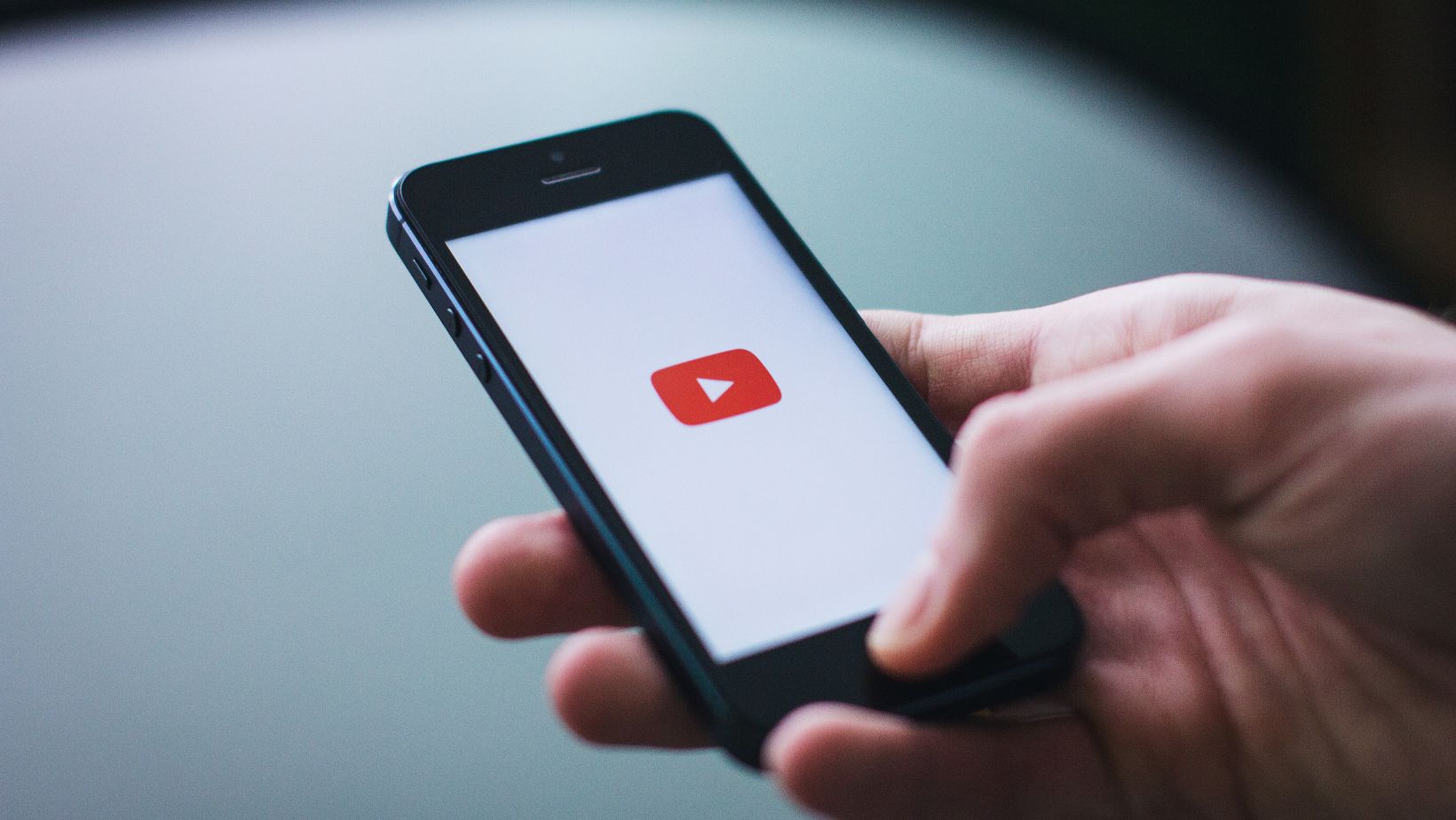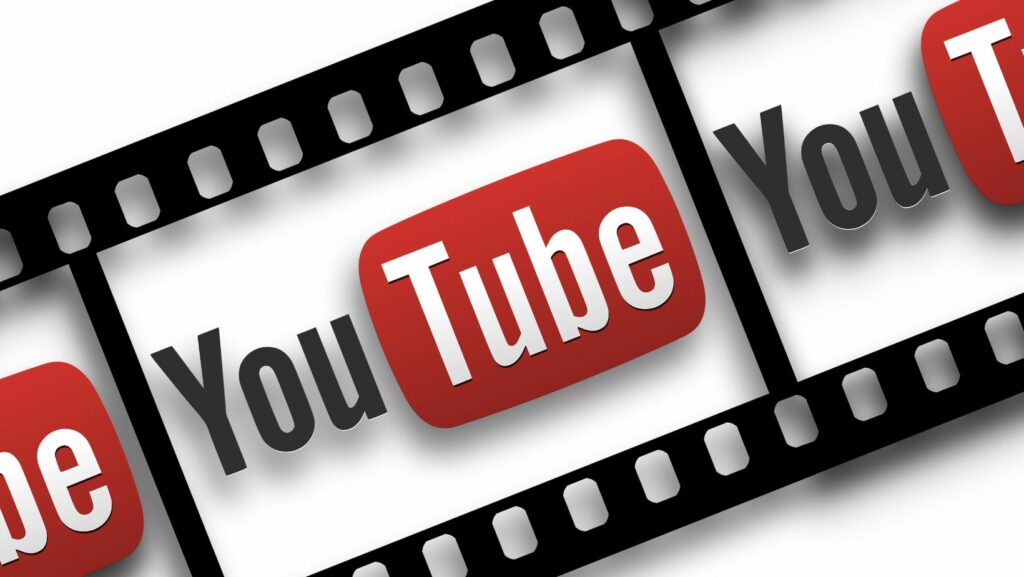Social media has firmly established itself as an essential part of modern life, with various platforms catering to different content types and target audiences. Among them, YouTube has long been a dominant force in video content. But how does YouTube measure up against other popular platforms like Facebook, Instagram, and TikTok? In this article, we’ll delve into the pros and cons of each, helping you decide which platform best suits your content strategy.
Reach and Audience Demographics
One of the biggest advantages of social media platforms is their wide reach. Let’s break down how YouTube compares to its competitors in this area.
YouTube:
As the second-largest search engine after Google, YouTube boasts over 2 billion monthly active users. It attracts a diverse audience, particularly Millennials and older Gen Z viewers. The platform’s global reach allows brands to connect with audiences in regions where other platforms may have limited presence. If you’re looking to identify high-performing channels within your niche to target more effectively, consider using an influencer discovery tool to find YouTube creators who align with your brand’s audience.
 Facebook:
Facebook:
With a vast user base of 2.8 billion monthly active users, Facebook remains the largest social network. However, its audience leans towards an older demographic, predominantly aged 25 and above. The platform excels at fostering communities, particularly within groups and personal networks, making it ideal for brands looking to build long-term engagement.
Instagram:
Instagram engages over 1 billion active users, primarily aged 18-34. The platform’s strong emphasis on visual content has made it a go-to for fashion, beauty, and lifestyle brands. Its integrated shopping features attract businesses aiming to reach younger, visually-driven consumers who are keen on discovering and purchasing products directly within the app.
TikTok:
Rapidly growing to 1.2 billion users, TikTok has quickly become a favourite among Gen Z audiences. The platform’s focus on short-form, highly creative content makes it particularly appealing to younger demographics. Its algorithm is adept at pushing fresh content to the forefront, providing an ideal space for new creators to gain visibility and go viral.
Key Takeaway:
YouTube offers the broadest reach across age groups, whereas Instagram and TikTok excel in engaging younger demographics. Facebook remains a stronghold among older users, particularly for community-driven content.
Monetisation Options for Creators
Each social media platform offers unique monetisation opportunities for content creators. Here’s how they compare:
YouTube:
- YouTube provides multiple monetisation options: ad revenue, sponsorships, merchandise sales, and Super Chats during live streams.
- The YouTube Partner Programme rewards creators for producing high-quality, engaging long-form content.
Facebook & Instagram:
- Facebook’s primary revenue streams include ad placements and branded content. Instagram focuses on social commerce with in-app shopping and sponsored posts.
- Instagram’s new Creator Marketplace helps brands connect directly with influencers for partnerships.
TikTok:
- TikTok’s Creator Fund pays users based on views and engagement, though its monetisation features are still in development.
- Viral challenges and brand partnerships are popular ways for TikTok creators to earn income.
Pros and Cons:
- YouTube is ideal for creators seeking sustainable, long-term earnings through detailed content. In contrast, Instagram and TikTok are better for quick, high-engagement monetisation but are more suited to short-form content.
Content Types and Format Preferences
Each platform caters to different content types, which influences where creators should focus their efforts.
YouTube:
- Best for long-form content such as tutorials, vlogs, documentaries, and in-depth discussions.
- YouTube’s introduction of YouTube Shorts has added a short-form option, allowing it to compete with TikTok’s quick, engaging videos.
Facebook & Instagram:
- Facebook offers a versatile mix of text, photos, and videos but is primarily used for community engagement.
- Instagram focuses on visual content with formats like Stories, Reels, and IGTV, optimised for short to medium-length videos.
TikTok:
- TikTok specialises in ultra-short, vertical videos, perfect for catchy, viral content that can spread quickly.
- The platform thrives on trends, challenges, and memes, making it ideal for brands targeting younger, trend-focused audiences.
Key Insight:
- YouTube is best suited for creators looking to build a lasting archive of evergreen content, while TikTok and Instagram are ideal for fast-paced, trend-based videos.
Engagement Metrics and Algorithms
Understanding engagement metrics is crucial for maximising reach on each platform.
YouTube:
- Engagement is measured through watch time, comments, likes, and subscriptions.
- YouTube’s algorithm prioritises videos with high retention rates, favouring longer, in-depth content.
Facebook & Instagram:
- Engagement revolves around likes, comments, shares, and interactions on Stories.
- The algorithms favour content that generates quick engagement, which is beneficial for brands focusing on immediate interaction.
TikTok:
- TikTok’s algorithm promotes content based on views, likes, comments, and shares, making it easier for newer creators to gain visibility quickly.
Pros and Cons:
- YouTube excels in generating long-term engagement, while TikTok is designed to boost instant virality.
Privacy and Trust Considerations
Privacy has become a significant concern across social media platforms, affecting user trust.
YouTube:
- Generally seen as a trustworthy platform with clear community guidelines and strong moderation.
- Compared to Facebook, YouTube has had fewer privacy-related controversies.
Facebook:
- Has faced numerous privacy scandals over the years, leading to a decline in user trust.
- The platform’s data collection practices have come under scrutiny, especially regarding user profiling.
Instagram & TikTok:
- Both platforms have faced questions about data security and privacy. TikTok, in particular, has been criticised for its data-sharing practices due to its ties to China. The long term future of TikTok in America remains uncertain.
Conclusion on Privacy:
- While no platform is entirely free from privacy concerns, YouTube’s reputation for transparency makes it a more trusted option for brands and users alike.
Social Commerce and Brand Building
Social media has become a crucial tool for brands looking to engage with consumers. Here’s how each platform excels:
YouTube:
- Ideal for building a brand community through long-form content and in-depth discussions.
- SEO capabilities help YouTube videos rank highly on Google, driving organic traffic to brand websites.
Instagram:
- Dominates in social commerce with integrated shopping features, influencer marketing, and visual storytelling.
- Perfect for brands in fashion, beauty, and lifestyle niches looking to convert followers into customers.
TikTok:
- Growing in the social commerce space with features like in-video shopping links and product tagging.
- Best suited for brands aiming to tap into viral trends and engage with younger, trend-savvy consumers.
The Future of YouTube in the Social Media Landscape
Looking ahead, YouTube’s position in the social media ecosystem remains strong as it continues to innovate.
- Integration with E-commerce: Expect further partnerships with platforms like Shopify to enhance in-app shopping experiences.
- Focus on Cross-Platform Engagement: Brands are increasingly using YouTube in combination with Instagram and TikTok to maximise reach and engagement.
- Emphasis on YouTube Shorts: With the growing popularity of short-form content, YouTube is focusing on expanding its Shorts feature to attract a younger audience.
Conclusion
Each social media platform has its unique strengths and weaknesses. YouTube’s versatility, long-form content capabilities, and SEO integration make it a powerful tool for building brand authority and trust. Meanwhile, Instagram and TikTok are perfect for brands seeking to engage younger audiences with quick, visual content.
Ultimately, the best platform for your content strategy depends on your target audience, content type, and marketing objectives. By leveraging the unique strengths of each platform, brands can craft a well-rounded social media strategy that drives engagement and growth.

